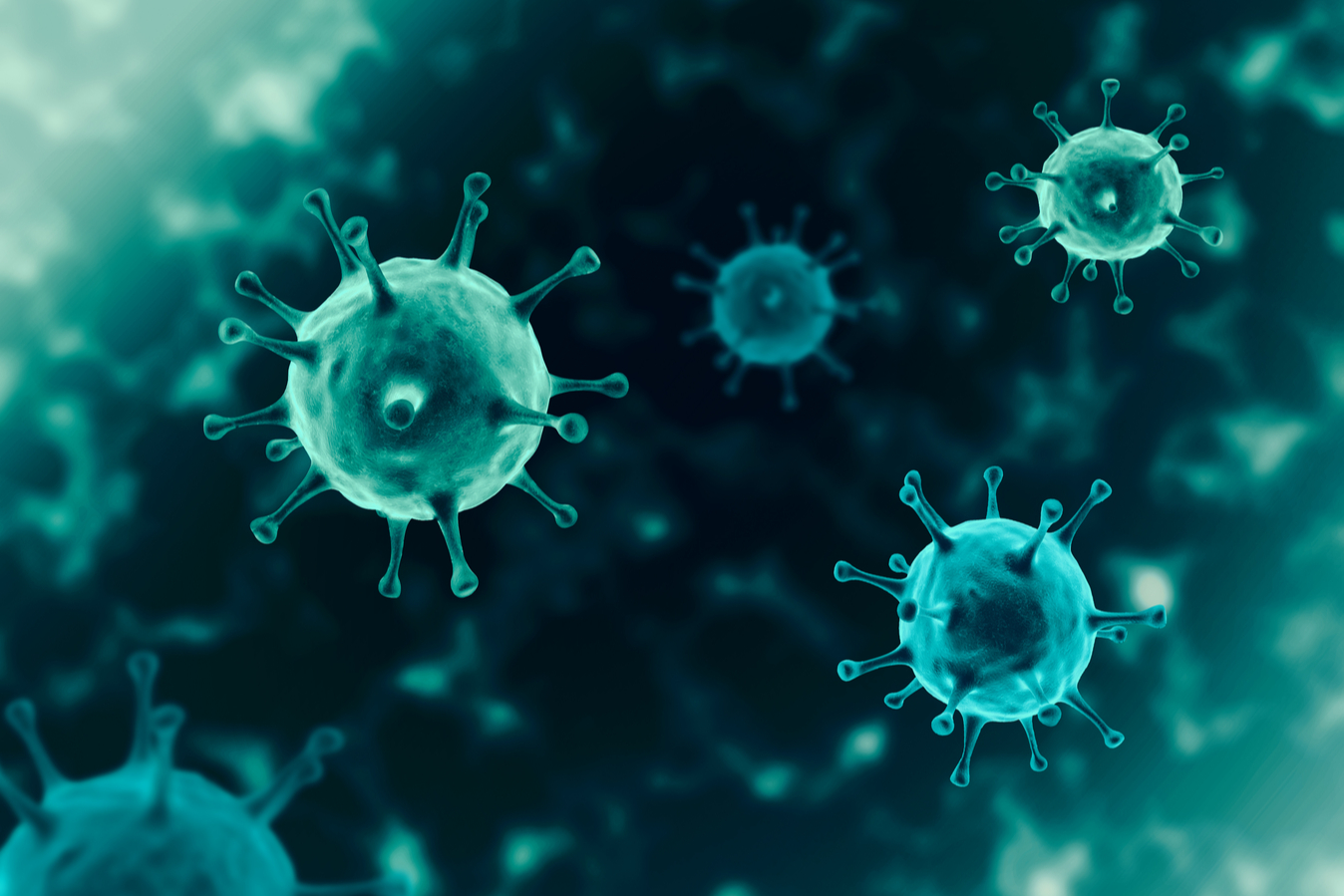
A wealth of research on the spread of COVID-19 across different clinical spaces
Welcome to the July edition of our academic digest, where the Inivos team share the most interesting and thought-provoking research across microbiology, PPE, and infection prevention and control.
This month, there has been a wealth of research on the spread of COVID-19 across different clinical spaces – including neurological intensive care units, dental surgeries and care homes.
It’s been interesting to see how infection prevention and control policies differ in these environments – we expect evidence from outside hospitals will continue to grow in the coming months as other care providers look to tackle transmission.
SARS-CoV-2
A Royal College of Physicians audit of COVID-19 in the 25-bed Sandwell neurology ward1 suggests that custom-designed infection prevention measures will be required for different clinical environments in order to prevent nosocomial transmission of COVID-19.
The paper, which is due for publication in the September Clinical Medicine journal, highlighted the ward’s higher than average rate of hospital-acquired COVID – pointing to the vulnerable population of neurology patients, challenging ward layout (with no possible one-way system) and large number of unavoidable aerosol-generating procedures (AGPs) as factors.
The researchers propose a package of measures to help hospitals in the UK ‘respond like South Korea’, including prioritising infection control practices over capacity building, enhanced cleaning of touch points on a COVID ward, and use of full PPE for any AGP.
According to another hospital-based study, this time in the Journal of Global Antimicrobial Resistance,² the Singapore GCDCS score can be considered an effective prediction tool for risk of nosocomial multidrug resistant Gram-negative bacilli infection (RGNB)
in critically ill patients in NHS hospitals.
The retrospective analysis by Boyd et al found that the discriminatory ability of the prediction tool by ROC curve analysis was 0.75 in the validation cohort (95% CI 0.65- 0.81), which is comparable to the AUC of derivation cohort (0.77). They concluded the bedside tool could be used to differentiate patients at low, medium and high risk of RGNB infection prior to initiation of antimicrobial therapy.
In the care sector, a Public Health England review of COVID-19 outbreaks across six London care homes³ found that staff working at multiple facilities had significantly higher rates of positive PCR testing for COVID-19 than those working in a single unit.
Researchers writing in the Journal of Infection also found significant outbreaks of the virus between staff, suggesting that limiting staff to work in a single facility would be a beneficial but socially unworkable policy. They concluded that extending infection prevention and control policies to all social interaction, including staff-staff interaction as well as staff-patient interaction, would reduce transmission rates.
In the dental sector, a global survey published in Healthcare4 has indicated that practitioners have a positive attitude to decontamination but lack sufficient knowledge of correct infection control and prevention practices.
Researchers, Sarfaraz et al, recommended that online IPC modules are urgently needed to address the knowledge gap and equip dental practitioners to effectively limit transmission within their surgeries.
Infection Prevention and Control Processes
This month, a paper in Social Science and Medicine by Hooker et al5 suggests that the complexity of IPC practice is a key contributing factor in microbial transmission – not non-compliance – and decontaminated spaces must be continually ‘remade’ to remove possible pathogen exposure.
The video-reflexive ethnography applied non-representational theory of space to data from three wards of two metropolitan teaching hospitals involving 252 healthcare workers as participants. It found that hospital ‘space’ is constantly produced by complex trajectories of people, patients and objects over time, particularly as they interact with IPC practices – introducing a level of complexity that can lead to microbial transmission.
While the sterile spaces created by infection prevention and control policies are ephemeral and not permanent, their findings provided evidence of the importance of cleaning staff and the critical need for proactive decontamination to continually ‘remake’ these spaces as sterile.
Acinetobacter baumannii
Regularly supplementing manual cleaning practices with enhanced terminal disinfection (ETD) using hydrogen peroxide vapour (HPV) can reduce the acquisition of highly- resistant pathogen, Acinetobacter baumannii, according to a retrospective medical file review at Makassed Hospital ICU.6
Researchers writing in Antimicrobial Resistance and Infection Control found that patients were significantly more likely to acquire a.baumannii in the seventh week after ETD.
Referring to the challenges of balancing capacity with infection control needs, they also suggested that isolation units were preferable to open bed bays, as individual units enable independent cubicle decontamination following patient discharge.
Finally, a study by Tarka and Nitsch-Osuch in the International Journal of Environmental Research and Public Health7 adds further evidence in favour of using automated systems to remove unavoidable human error from decontamination processes.
Researchers found that pathogenic micro-organisms detectable by microbiological assay were significantly reduced following a no-touch automated disinfection system (NTD) – or a ‘decontamination robot’, as some would have it.




